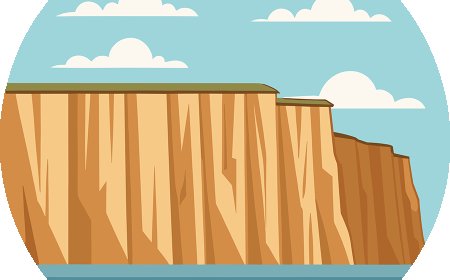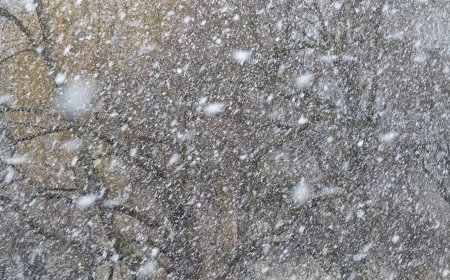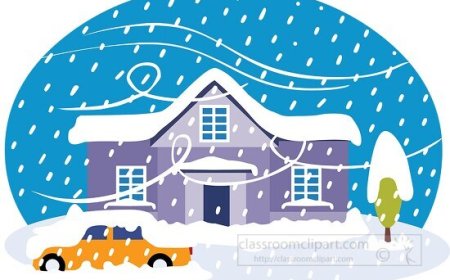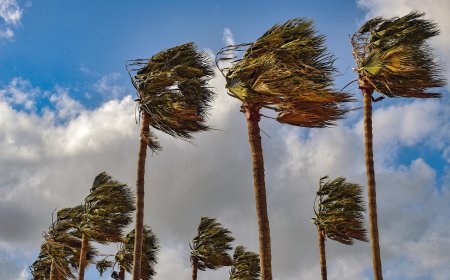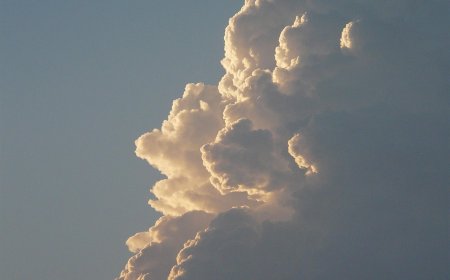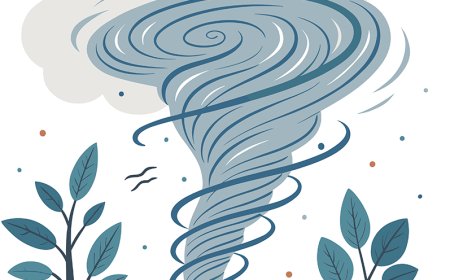Fog The Cloud That Touches the Ground
Explore how fog forms, why it reduces visibility, and how it affects people, plants, and transportation. A kid-friendly guide to this mysterious, ground-level cloud.
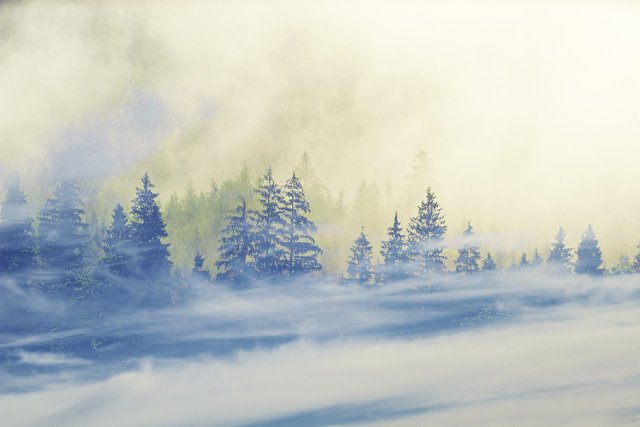
🧭 Introduction
Have you ever walked outside and seen everything covered in a thick, white mist that makes it hard to see very far? That's fog-a low-lying cloud that forms near the ground. Fog can make the world look mysterious and quiet, but it can also be dangerous for driving and flying. Just like other weather events, fog happens when certain conditions in the air are just right. By learning how fog forms and why it affects visibility, we can better understand this gentle-but tricky-type of weather.
🌫️ What Is Fog?
Fog is a cloud that forms at or near the ground. It's made of tiny water droplets that float in the air. These droplets are so small and light that they hang in the air, creating a white or gray blanket that can cover large areas.
Fog forms when warm, moist air cools down and the water vapor in the air condenses into liquid droplets. This usually happens when:
-
The air is very humid (full of moisture)
-
The temperature drops (especially at night)
-
There is little or no wind, so the droplets stay in place
🌫️ How Does Fog Form?
Fog forms when water vapor condenses-turns into tiny water droplets-in cool air. Here's how:
-
The air cools down, usually overnight or early in the morning.
-
If the air cools enough to reach its dew point (the temperature at which air becomes saturated), water vapor condenses.
-
The water droplets float in the air, forming fog.
This process is very similar to how clouds form in the sky, but with fog, the cloud forms at ground level.
🌍 Types of Fog
There are many kinds of fog, depending on where and how they form:
1. Radiation Fog
-
Forms overnight as the ground cools
-
Common in valleys or flat areas
-
Often clears by mid-morning
2. Advection Fog
-
Happens when warm, moist air moves over cool ground or water
-
Common near coasts and oceans
3. Upslope Fog
-
Forms when moist air is pushed up a hill or mountain
-
The air cools as it rises, causing fog
4. Evaporation Fog
-
Happens when cold air moves over warm water
-
You may see this as "steam fog" over lakes in the fall
🚗 Why Is Fog Dangerous?
Fog can make it hard to see, especially while driving, flying, or boating. This is called low visibility. Even during the day, thick fog can make it seem like twilight or dusk.
Dangers include:
-
Car accidents from not seeing other vehicles
-
Airport delays when pilots can't land safely
-
Boat crashes due to low visibility on water
-
People getting lost or confused outdoors
That's why fog lights, slower driving, and extra caution are important during foggy conditions.
🌤️ When and Where Does Fog Happen?
Fog is most common in:
-
Cool, damp areas like lakes, rivers, and valleys
-
Early morning or late evening, when the ground cools
-
Fall and winter, when nights are longer and air is moist
Famous foggy places include:
-
San Francisco, California (due to coastal air meeting cool ocean water)
-
London, England (historically known for thick, smoky fogs)
-
Great Lakes region in the U.S.
🧠 How Is Fog Different From Mist?
While both fog and mist are made of tiny water droplets, the main difference is how much you can see through them:
-
Fog = visibility less than 1 kilometer (0.62 miles)
-
Mist = visibility more than 1 kilometer
So, fog is thicker and harder to see through than mist.
📚 Vocabulary Words
| Word | Definition |
|---|---|
| Fog | A cloud that forms at ground level made of tiny water droplets |
| Dew point | The temperature at which air becomes full of water vapor and forms droplets |
| Visibility | How far you can see clearly |
| Radiation fog | Fog that forms when the ground cools at night |
| Advection fog | Fog formed when warm air moves over cool land or water |
💡 Interesting Facts About Fog
-
Fog droplets are usually about 10 to 15 microns in size-tiny!
-
The word "fog" comes from the Old Norse word "foggr," meaning mist.
-
In some deserts, animals rely on fog moisture to survive.
-
Fog catchers-large nets that collect fog droplets-are used in dry places to gather water.
-
Pilots are trained to use instruments only during low-visibility takeoffs and landings caused by fog.
👧 Kid-Friendly Summary
Fog is a cloud that forms right on the ground! It's made of tiny water droplets and makes it hard to see. Fog forms when the air is cool and full of moisture, especially in the early morning. It can be pretty to look at but can also be dangerous when driving or flying. That's why people use fog lights and slow down when it gets foggy!
✅ Interactive Quiz
Q1: What is fog made of?
A. Ice crystals
B. Smoke
C. Tiny water droplets
D. Dust
Q2: When is fog most likely to form?
A. Noon
B. Midnight
C. Early morning
D. Afternoon
Q3: Which type of fog happens when warm air moves over cool land?
A. Radiation fog
B. Advection fog
C. Mist
D. Evaporation fog
Q4: What does “low visibility” mean?
A. You can’t feel the air
B. You can see very far
C. You can’t see very far
D. You hear thunder
Q5: Which weather tool would help measure fog visibility?
A. Rain gauge
B. Thermometer
C. Visibility sensor
D. Barometer
Scoring:
5/5 = 🌫️ Fog Expert
3–4 = 🌁 Mist Master
1–2 = 📘 Cloudy Learner


















































